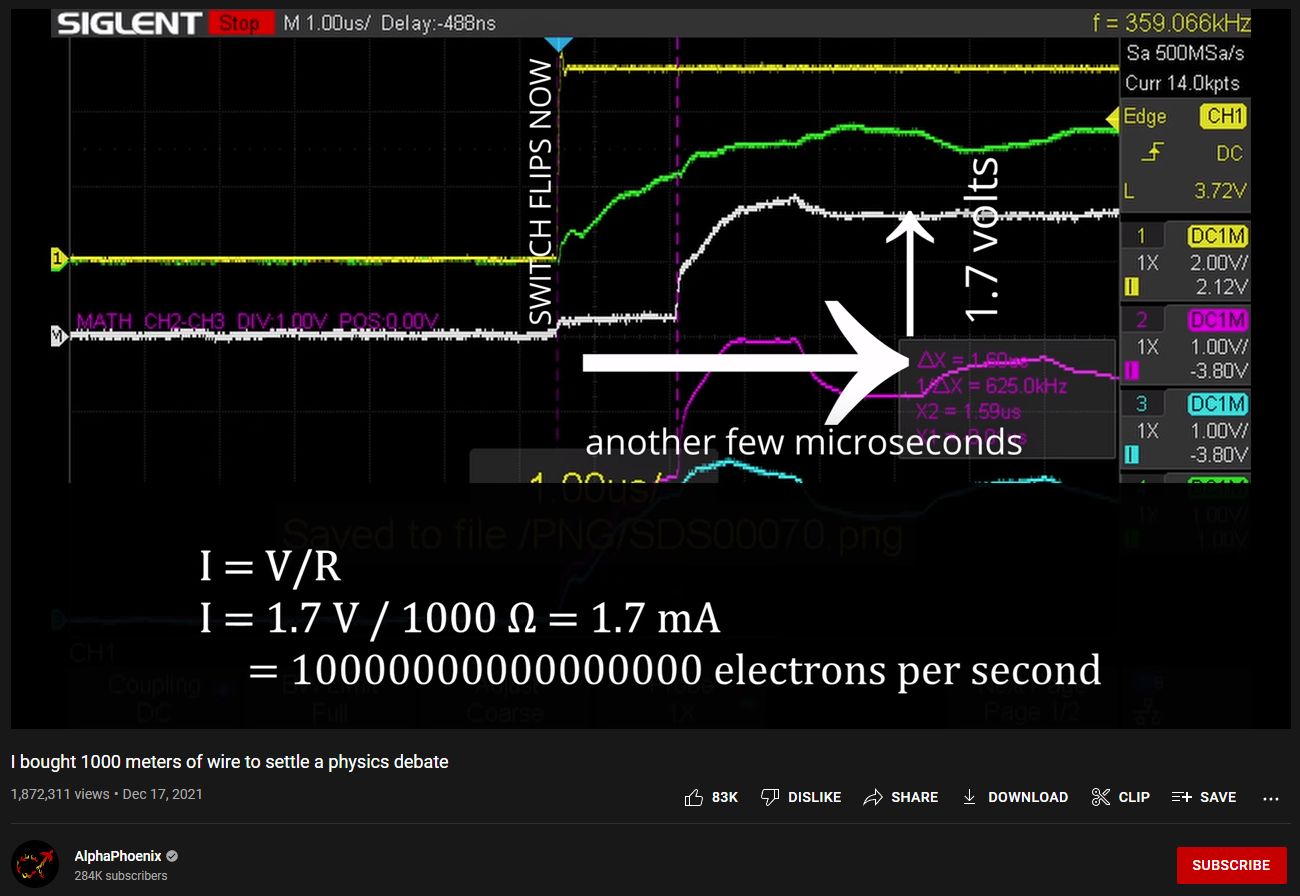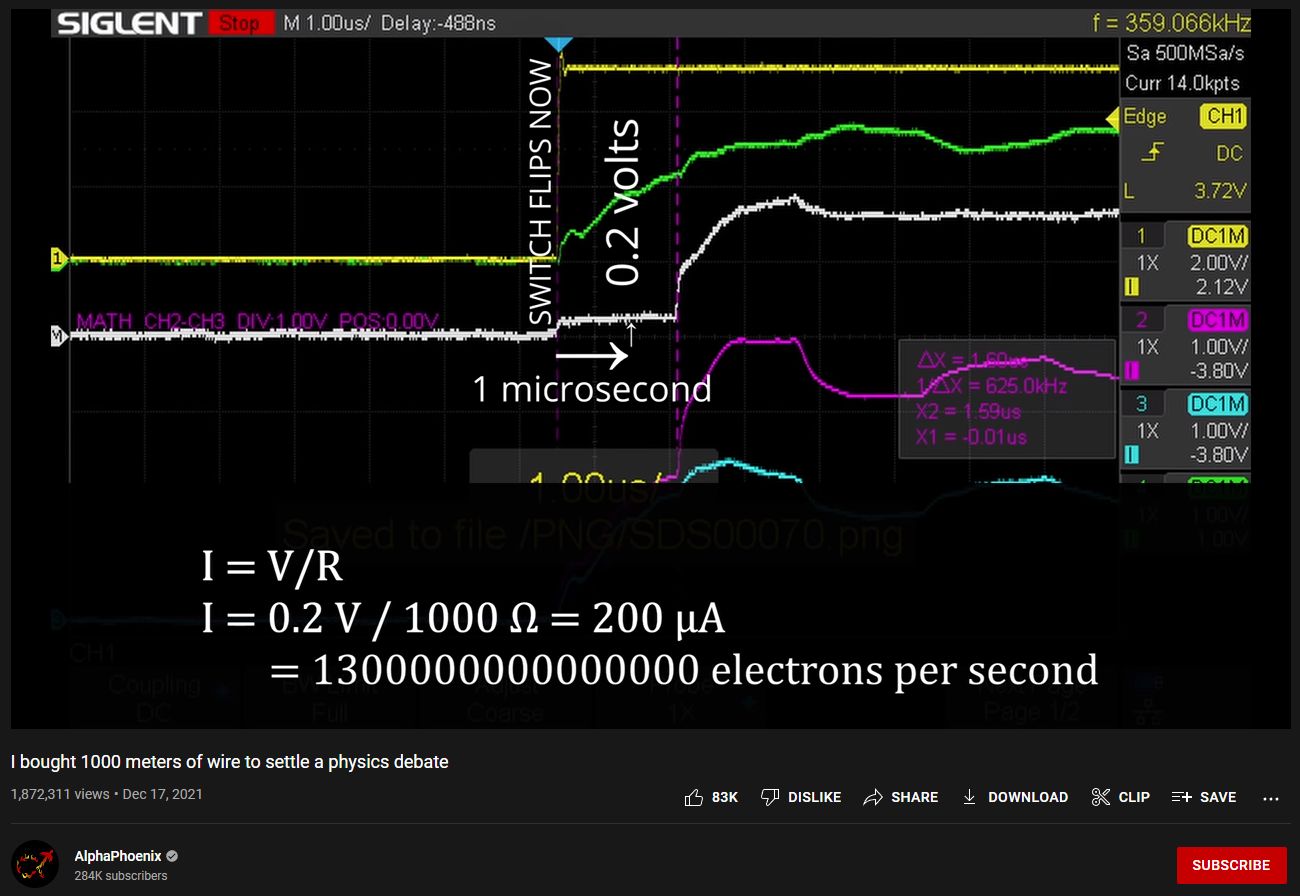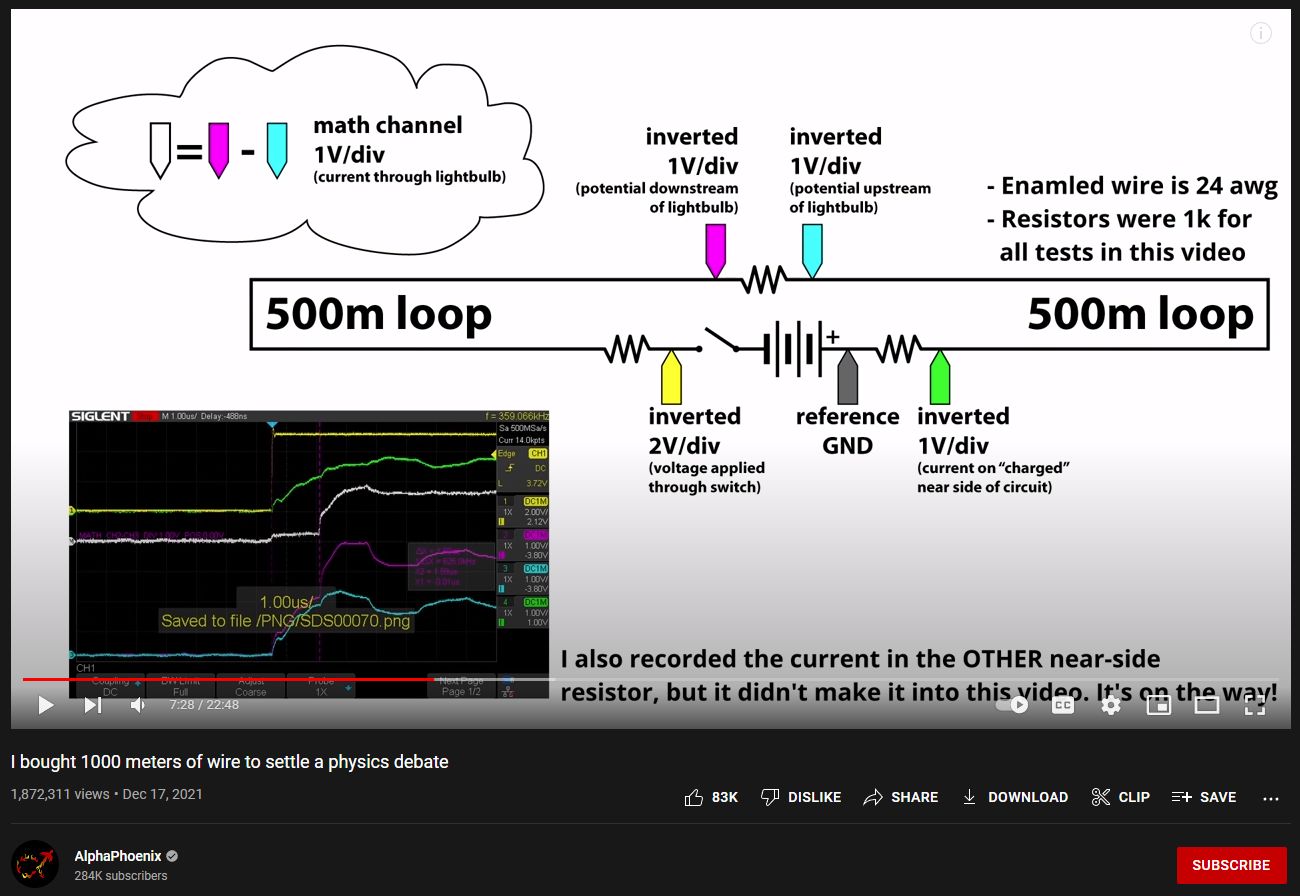Speed of Light and Velocity of Electricity
Transformers contain many meters of wire.





The speed of light in a vacuum, denoted by the symbol “c,” is approximately 299,792,458 meters per second (m/s) or about 186,282 miles per second (mi/s). This speed represents the maximum velocity at which information or energy can propagate through space according to the theory of special relativity.
In contrast, the velocity of electricity, which refers to the speed at which electrical signals or energy propagate through a medium such as a wire or conductor, can vary depending on factors such as the material properties of the medium, the presence of obstacles or resistance, and the frequency or wavelength of the electrical signal.
In a typical electrical conductor such as copper wire, electrical signals travel at velocities much slower than the speed of light. The velocity of electricity in a wire is typically on the order of meters per second, ranging from fractions of a meter per second up to several hundred meters per second, depending on the specific characteristics of the conductor and the conditions of the electrical circuit.
It’s important to note that the velocity of electricity in a conductor is determined by the interaction of electric and magnetic fields within the material and does not violate the principle of relativity, which establishes the speed of light as the ultimate speed limit in the universe. While the speed of electricity is significantly slower than the speed of light, it is still extremely fast in practical terms and allows for the rapid transmission of electrical signals over long distances in electrical circuits and systems.